I am walking on a carpet of freshly-fallen brown leaves that crunch beneath my feet. Welcome to… summer in Southwest England.
As the Southwest of the UK starts to feel the bite of the drought already affecting the Southeast, the trees are responding. Unable to support the loss of moisture that comes from their single, long daily breath, they are discarding some of their leaves and retreating, reducing themselves in the hope of surviving until moisture returns. The leaves on the ground are the not brightly-coloured leaves of autumn, where trees pack the falling leaves full of waste chemicals. These are emergency leaves: the brown, desiccated leaf drop of trees in trouble.
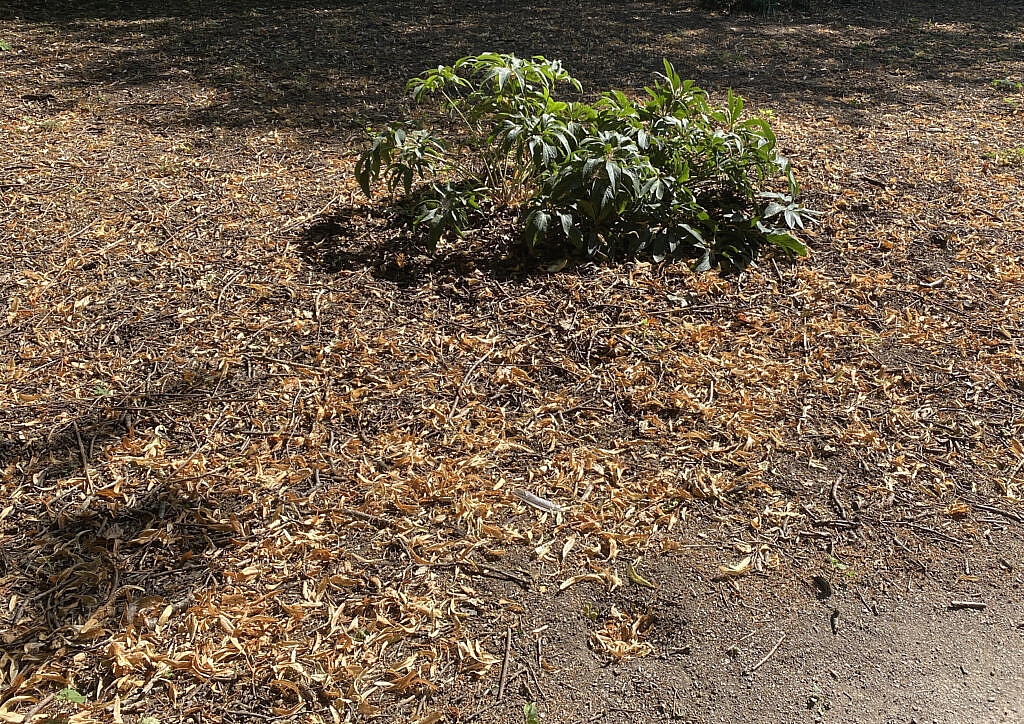
Despite the occasionally gloomy clouds, there hasn’t been a drop of rain in weeks. The land is so parched that I have cut my visit to the Wildfowl and Wetland Trusts’ Slimbridge nature reserve short. Many of the pools where I would normally see wading birds are now just expanses of fast-drying mud. It’s not a record-breaking drought yet, but it won’t take much to become one. The classic drought, the Woodstock drought that everyone talks about even if they weren’t there, is the 1976 one. While it lasted, numbers of many species plummeted. Badgers struggled to find worms in rock-hard soil. Frogs and other aquatic species died in their evaporating pools. Butterflies couldn’t find flowers with any nectar left. Crops which relied heavily on water failed altogether, while others struggled. In woodlands, drought-tolerant oaks survived while many beech trees were killed or damaged, and even for those that survived, the effects of that stress are still being felt in weakened trees many decades later, with many beeches far more likely to succumb to gales than their companion oaks. That drought ended, in fairly typical British manner, with apocalyptic rainfalls, with between two and four times the usual monthly total falling.
Many people have taken 1976 and our recovery from it as proof that comments about recent hot weather is all doom-mongering. Except that 1976 should have been a once-in-a-lifetime event, and that’s looking increasingly unlikely. The ten hottest years in Britain have all happened since 2002, and even if none of them broke drought records, these exceptionally hot, very dry years have been coming so closely together that our species are not getting the chance to adapt to the changed climate, to rebuild their numbers before they get hit again. It’s like having 1976 and then another 1976 soon afterwards. And that could spell serious trouble for many species.
But fortunately, the drought wasn’t bad news for all of Slimbridge’s residents. Just as I was leaving, I was dive-bombed by fast-moving birds, who zipped past me so closely that I felt the breeze of their passing. They weren’t objecting to my presence; rather they were wheeling and sprinting and side-slipping through the air. It was ‘flying ant day’ as we call it in my home, and they were chasing the large numbers of flying insects that were being brought out by the rising heat. It was watching the behaviour of this fair of frantically screeching birds that helped me to notice the mud nests on the wall.
House martins are medium-sized birds that resemble stockier version of swallows. They build their nests out of mud, which they collect in their beaks and then regurgitate, building up a muddy bowl in layers, usually under the eaves of a building. The mud gradually hardens into a strong home. They will often repair and re-use their old nests, and you can buy artificial nests to put up on your own home, something I will be doing for next year. Martins are insectivores, and migrate to Britain every summer from Africa to take advantage of our supply of summer insects. Cold and wet summers are a problem for them, keeping insect numbers down and delaying the growth of their chicks. So this long run of warm, dry days that was busy killing our trees was perfect for them. And as I watched, it became clear that I was extremely lucky to have stopped to watch them on this day. Because today wasn’t just any old day for these martins: it was time for the kids to leave home.
Unlike humans, who seem to think dropping regular hints and charging rent is enough to get the kids to leave home, the martin parents, used to doing regular food runs with beaks full of insects to their now fully-grown chicks, have a better strategy. The birds were flying close to their chicks with food in their beaks, and then flying off again, ignoring the shrieks of protest. It was the avian equivalent of wafting a pizza under a teenage kids’ nose and then snatching it away again. Every now and then a chick would be fed, but you could almost see the penny slowly drop with the chicks that the free lunches were coming to an end. As I sat in the welcome shade of a tree and watched them, one of the chicks left, a blink-and-you’ll-miss-it moment that I registered as just a blur of movement out of the corner of my eye. It was so quick that the parent returned to the nest and seemed momentarily taken aback to find its chick gone. Some of the nests were already empty and it was highly likely that by the end of the day I visited, they would all be.
So here’s a picture of a House Martin feeding its chick*. There’s a strong chance that by the time you read this, the chick will be limbering up for its first migration to Africa in just a few weeks’ time. Despite all we that know about the wildlife on our planet, we’re not absolutely sure where Britain’s martins migrate to. We do know that it will be a journey of many thousands of miles. And I think that’s pretty incredible. It’s certainly a lot further than my own kids managed.
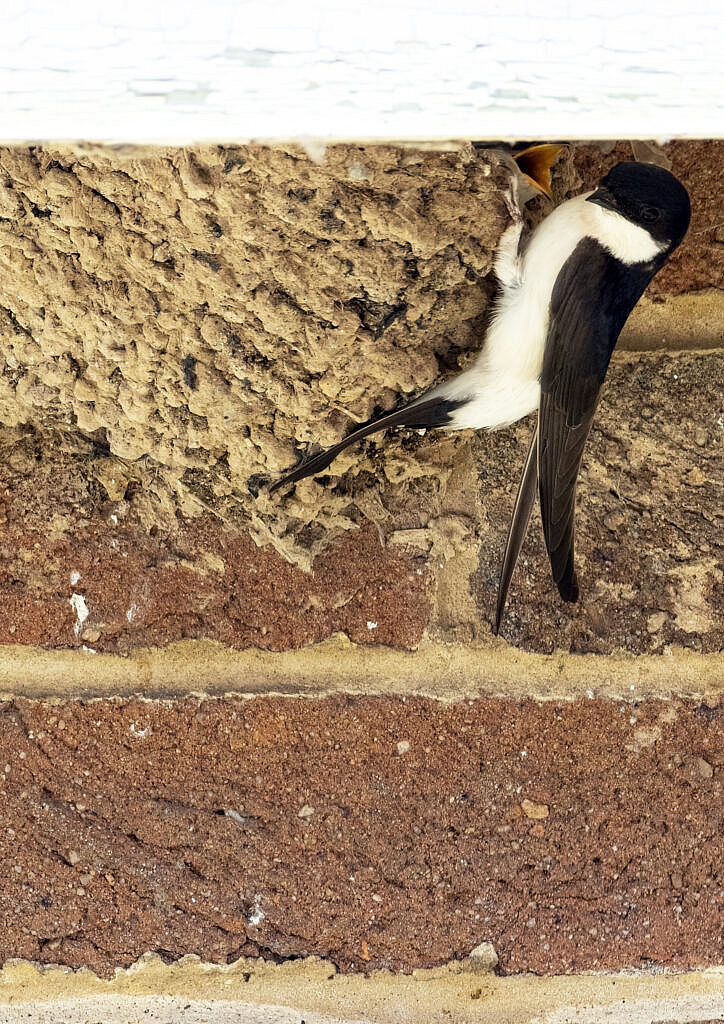
*Taken with a long lens, with the knowledge of WWT staff, and in compliance with the law: the nests are close to a well-used doorway in a busy area, and the birds were not disturbed by my presence.


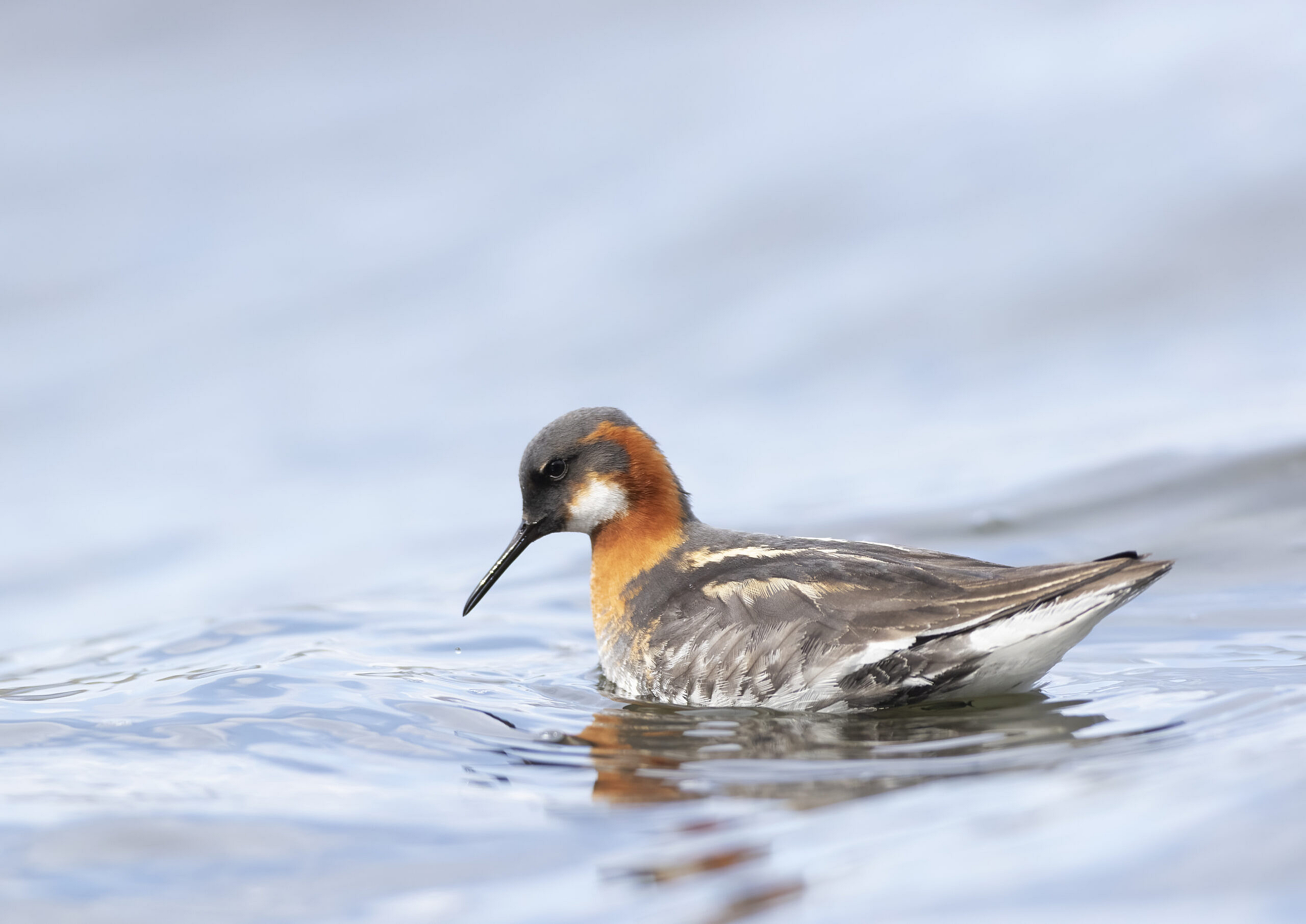
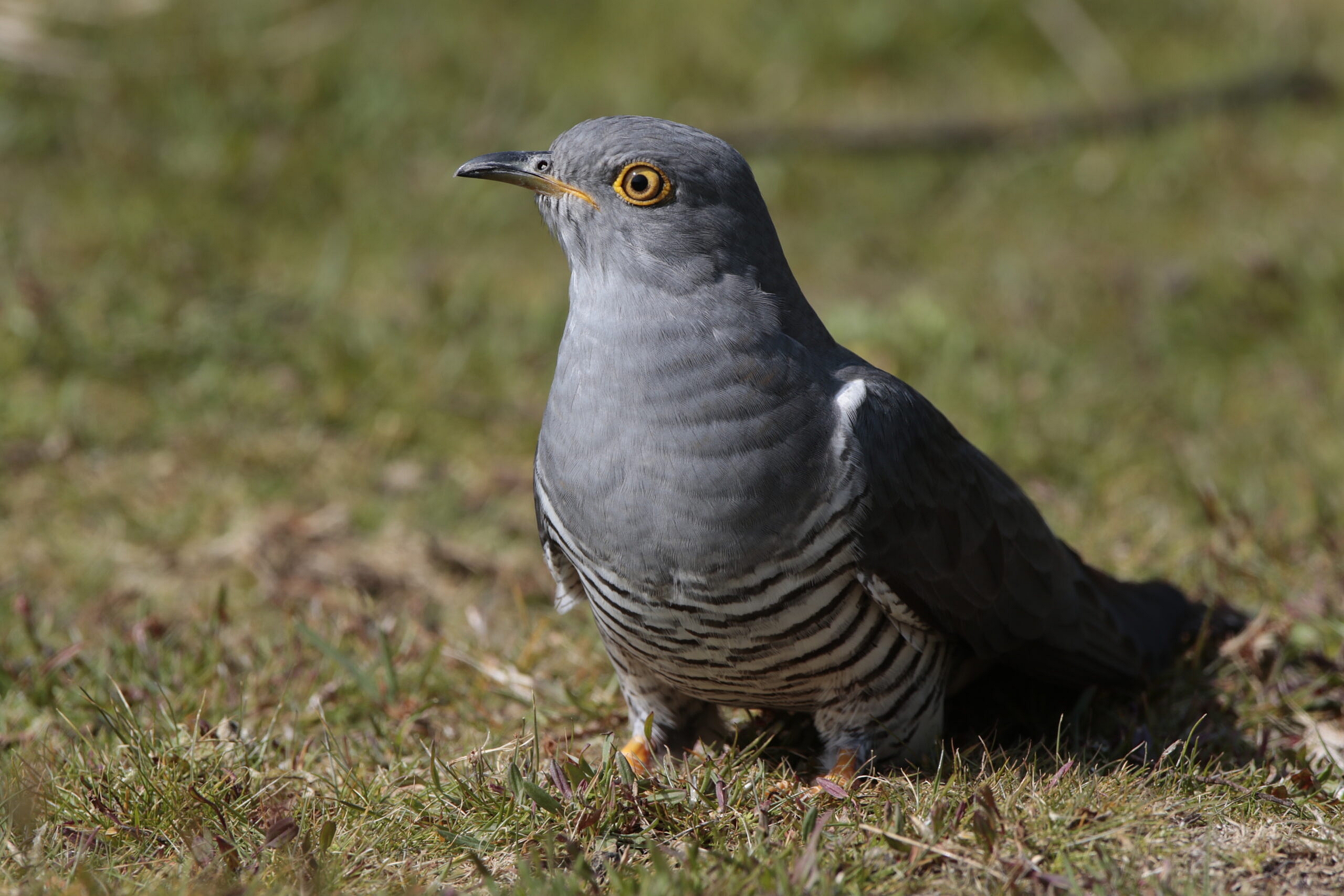
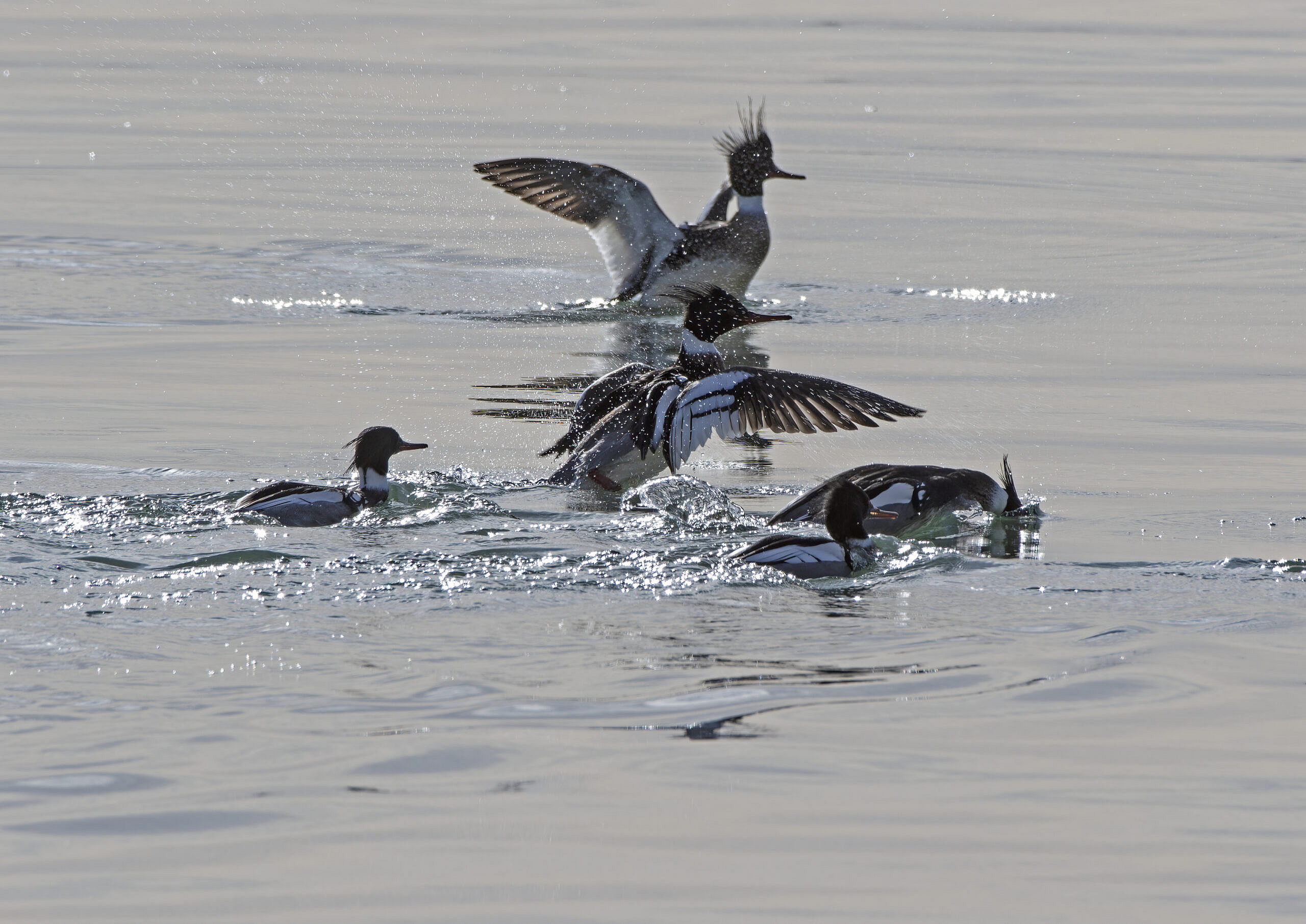



Social Profiles